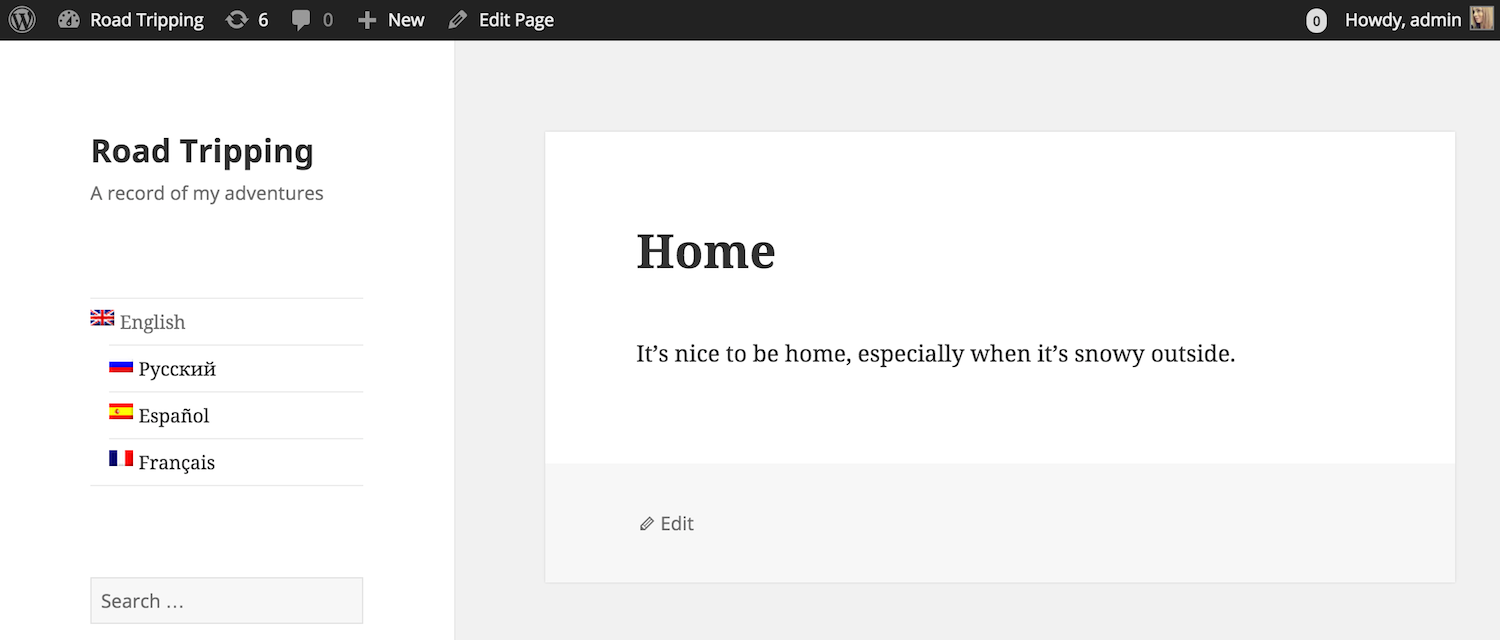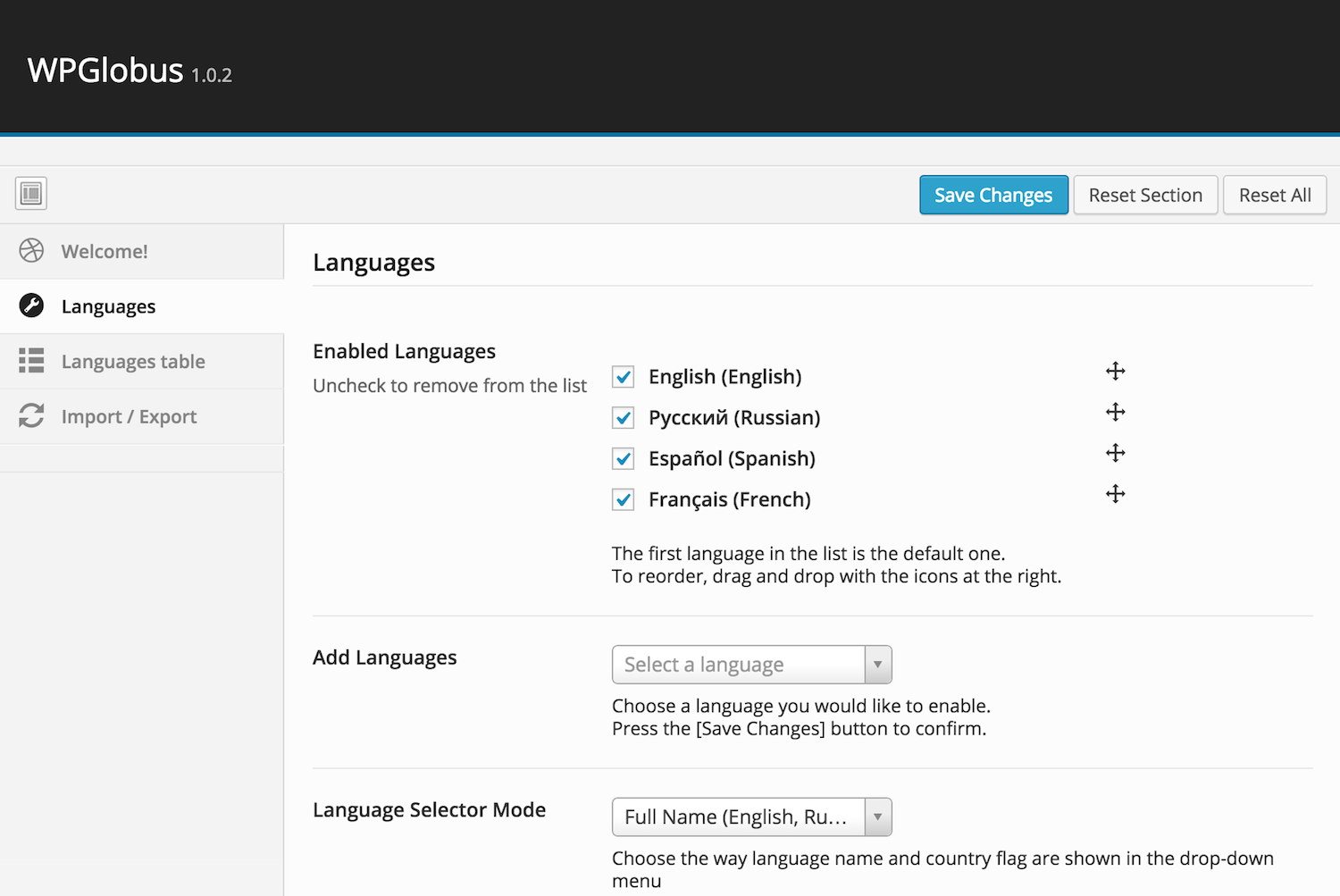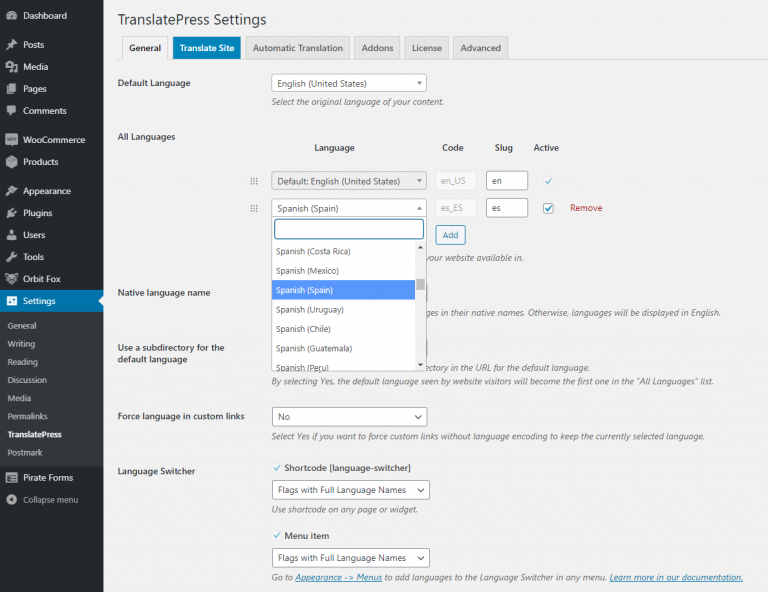

- #LANGUAGE SWITCHER PLUGIN FOR FRONTEND HOW TO#
- #LANGUAGE SWITCHER PLUGIN FOR FRONTEND INSTALL#
- #LANGUAGE SWITCHER PLUGIN FOR FRONTEND DOWNLOAD#
The chosen language will apply to all your content that isn’t assigned a language.

The above installation and activation steps are valid for uploading all three plugins. After successful installation, click on the Activate button.Click on the Upload Plugin button, and select the desired plugin from your system.
#LANGUAGE SWITCHER PLUGIN FOR FRONTEND DOWNLOAD#
Note: I have used the premium version of all three WooCommerce multilingual plugins, so first, buy their premium versions and then download them to your system.
#LANGUAGE SWITCHER PLUGIN FOR FRONTEND INSTALL#
Let’s see how you can install and configure them on your WooCommerce website. In this tutorial, I’ll demonstrate three multilingual plugins known for their user-friendliness, easy configuration, and positive reviews: Let’s learn how you can make your WooCommerce store multilingual with the help of some popular plugins.
#LANGUAGE SWITCHER PLUGIN FOR FRONTEND HOW TO#
How to Make WooCommerce Multilingual by Using Plugins You can cut down on all the efforts and have your multilingual site ready in minutes. Thanks to the multilingual plugins, making a multilingual WooCommerce store is quite cost-effective and quick. It makes for better conversions and reduced bounce rates, as foreign users are likelier to stay on a site in their native language. A multilingual website opens doors to an undiscovered set of audiences, adds extra sales, and improves conversion rates. You can’t expect foreign users to place orders on a blog that they can’t read. In today’s world, WooCommerce stores must attract potential global customers through personalized experience rather than confusing them with a language they don’t even understand. Why Do You Need to Make Your WooCommerce Store Multilingual?

Translation($language->code())->exists(), $page->url($language->code()), page('error')->url($language->code())) ?>">code() ?>ĭid you find an error? Help us improve our docs and edit this page on Github. home or search, in case there is no content available in the target language: You can use this third option if you want to redirect the user to the error page or any other page you define, e.g. This can be done by using $page->url($language->code()) for the link. The second option is to redirect users to the same page in the selected language. Language() = $language, ' class="active"') ?> This can be done by using $language->url() for the link. The first option is to redirect users to the home page when they select another language. Here are two possible ways to implement such a language switch. With the $kirby->languages() method we can fetch all information about available languages.


 0 kommentar(er)
0 kommentar(er)
